Unsticking packaging’s waste problem with biodegradable adhesives
Sticky situations often require innovative solutions – and with the growing demand for eco-conscious packaging, one of the stickiest problems facing converters is adhesive itself.
Demand for packaging is growing, and with this growth comes the problem of managing packaging waste. Adhesives form a key part of this challenge, and biodegradable hot melt adhesives like Tecbond 214B and Tecbond 110B-PR are leading the way towards overcoming it.
How is sustainability reshaping the packaging industry?
It’s no secret that in the world of packaging, sustainability has fast become a business imperative. Brands and consumers alike expect converters to do more on the environment, pushing converters to innovate and adapt.
Fibre-based packaging has emerged as a shining example of this shift and offers significant environmental benefits in terms of renewability, ease of recycling, and lower Extended Producer Responsibility (EPR) fees. By 2034, the global packaging industry will be worth almost $1.8 trillion, with fibre-based packaging making up the largest proportion of this. Almost 40% of total packaging material consumption was fibre-based in 2023 – a figure set to climb steadily in the year ahead.
Why are biodegradable adhesives a game-changer?
The surge in fibre-based packaging production means more waste to manage post-use. Sustainable design must account for every detail of this packaging, including adhesives.
Conventional adhesives can complicate recycling processes by requiring separation, which adds extra layers to waste management. Worse still, in the unfortunate situation that packaging escapes recycling streams and decomposes in the environment, traditional adhesives can release microplastics and harmful substances into the surrounding area.
Biodegradable adhesives like Tecbond 214B and Tecbond 110B-PR offer a transformative solution. These formulations break down completely under common natural conditions, leaving behind only water, carbon dioxide, and organic matter that microorganisms can digest. This lowers microplastic pollution in landfills or waterways while reducing overall environmental impact.
The added advantages of biodegradable adhesives
Switching to biodegradable hot melt adhesives doesn’t just benefit the planet – it also offers tangible benefits:
Enhanced brand appeal: As consumers increasingly prioritise eco-conscious products, biodegradable formulations can help converters meet their demands by increasing appeal and potentially cementing brand loyalty.
High performance: Biodegradable Tecbond products provide fast setting times and the same bond strength as conventional hot melt formulations.
Versatility: Tecbond 214B is compatible with a wide range of paper and board substrates, making it ideal for multiple closing and sealing applications.
Process efficiency: Tecbond 110B-PR is designed for low viscosity so it can run through narrow nozzles even when applied at lower temperatures. This enables converters to minimise energy used for sealing and closing, reducing their costs and carbon footprint.
Step towards sustainability with Power Adhesives
Adopting biodegradable adhesives is more than an eco-conscious choice – it’s a leap towards a more competitive future for the packaging sector. With products like Tecbond 214B and Tecbond 110B-PR, converters can align their designs with recycling infrastructure while eliminating harmful consumable waste.
To find out more about how these biodegradable formulations can help support the future of your business, get in touch with our sales team by emailing sales@poweradhesives.com












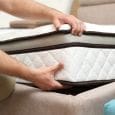


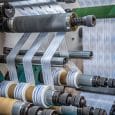




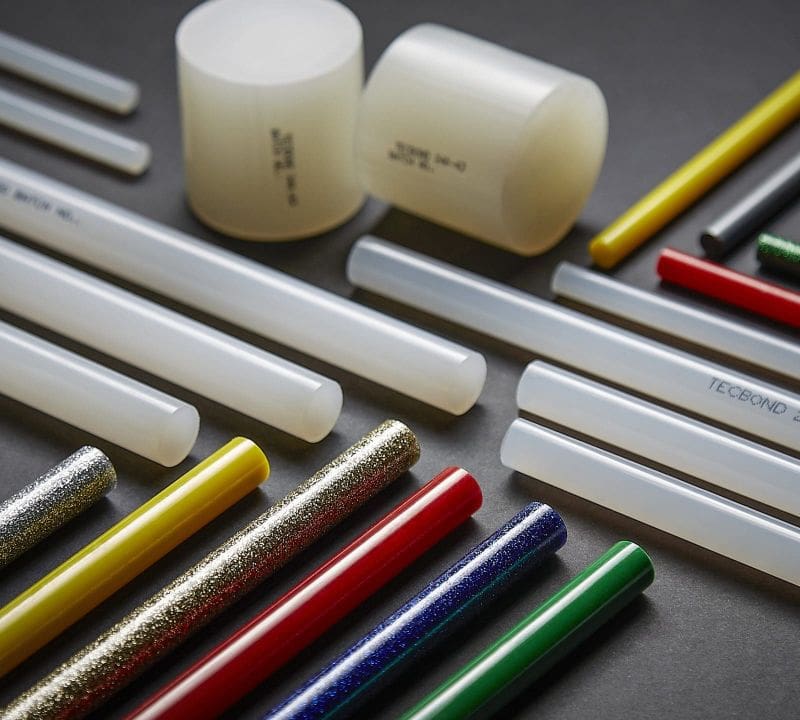

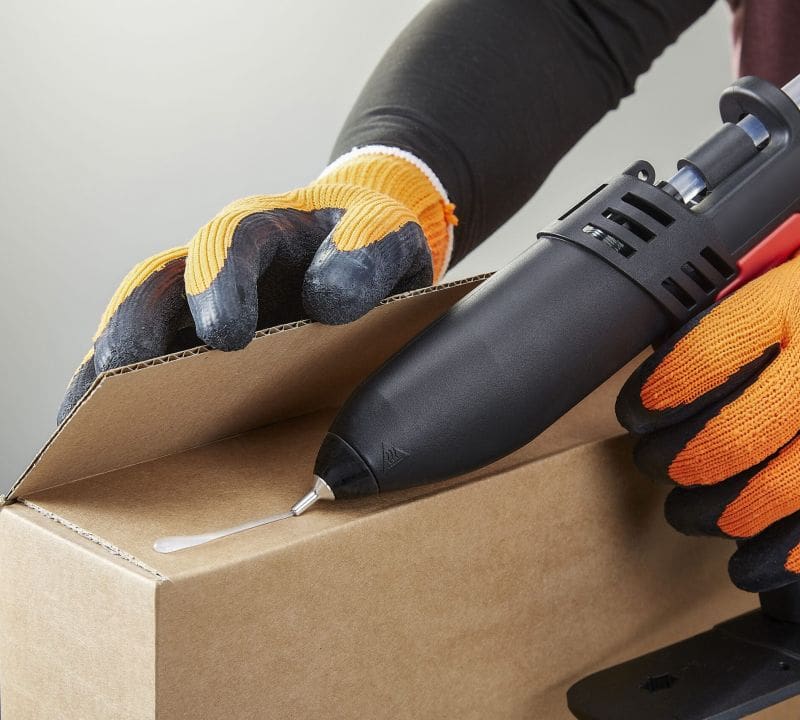


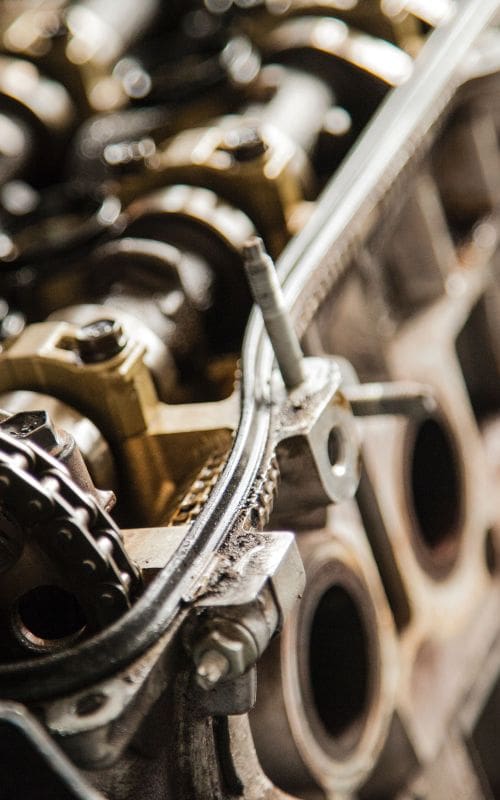
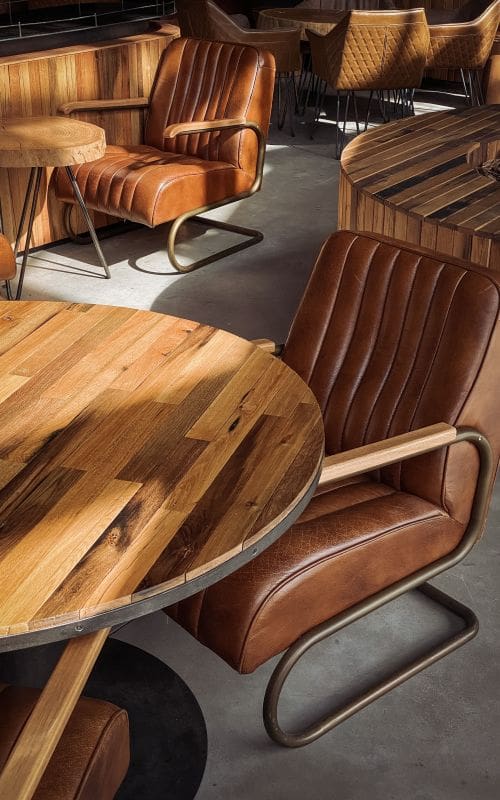
Leave a Reply